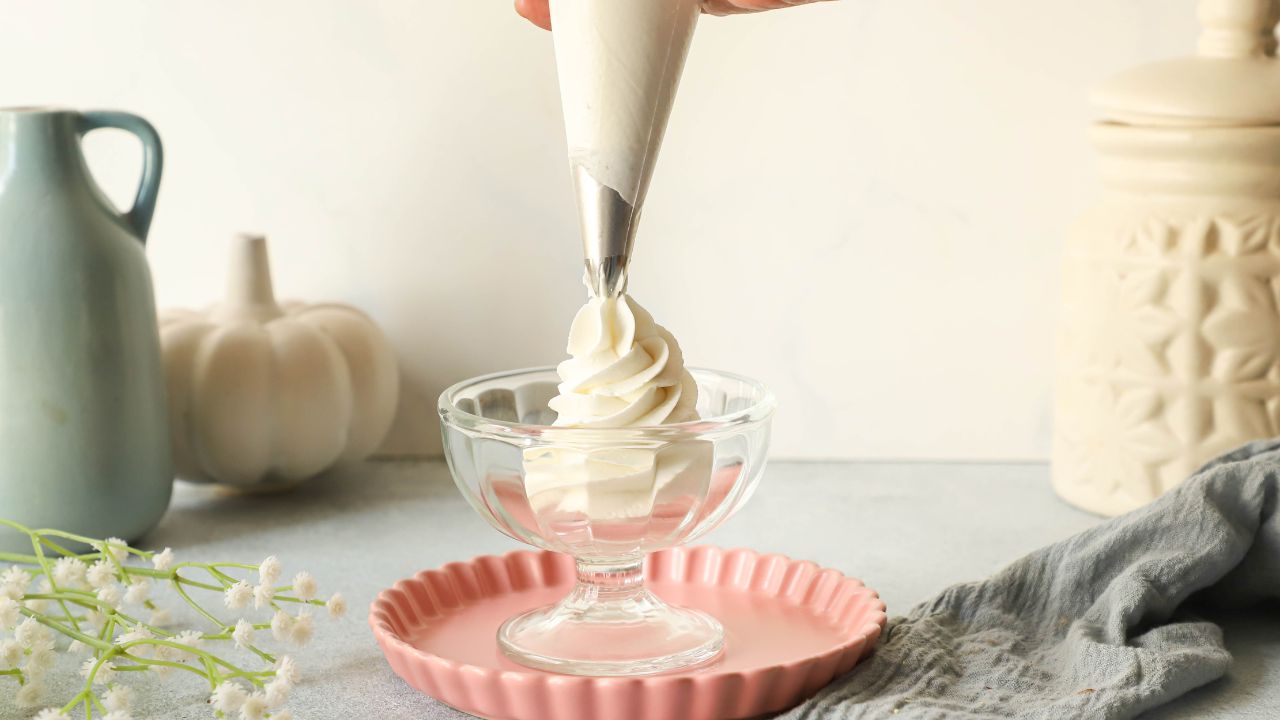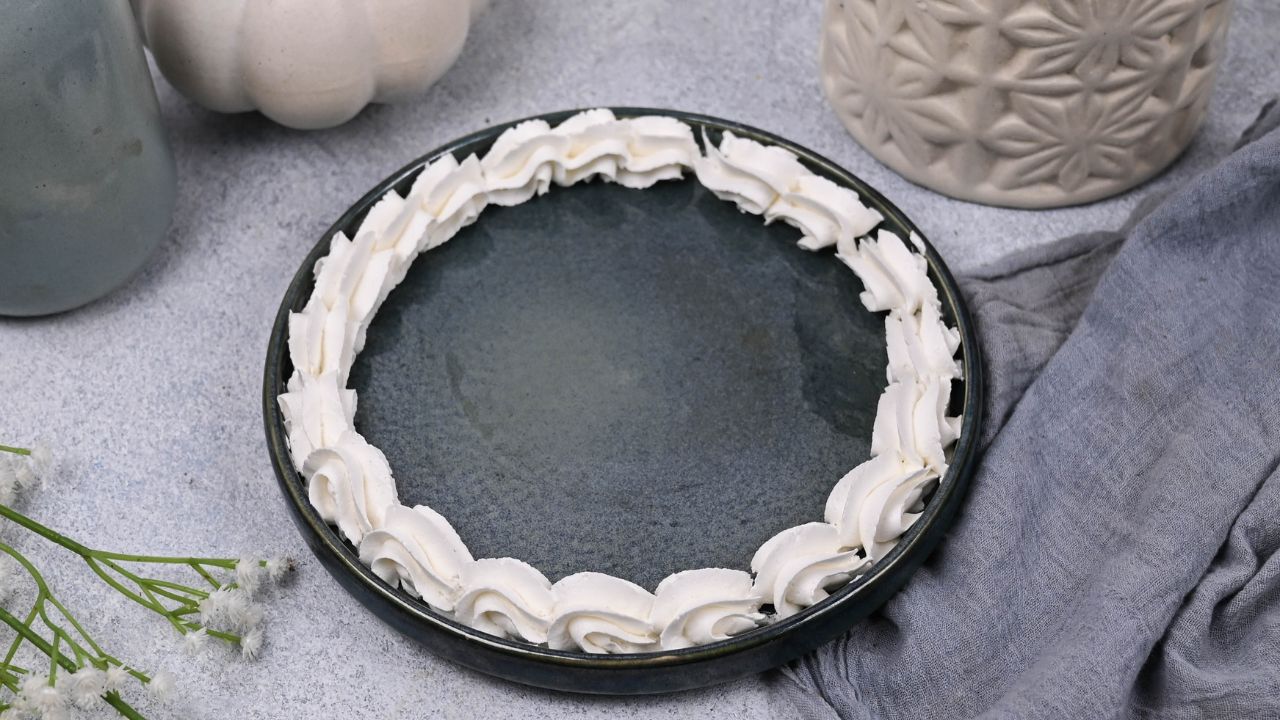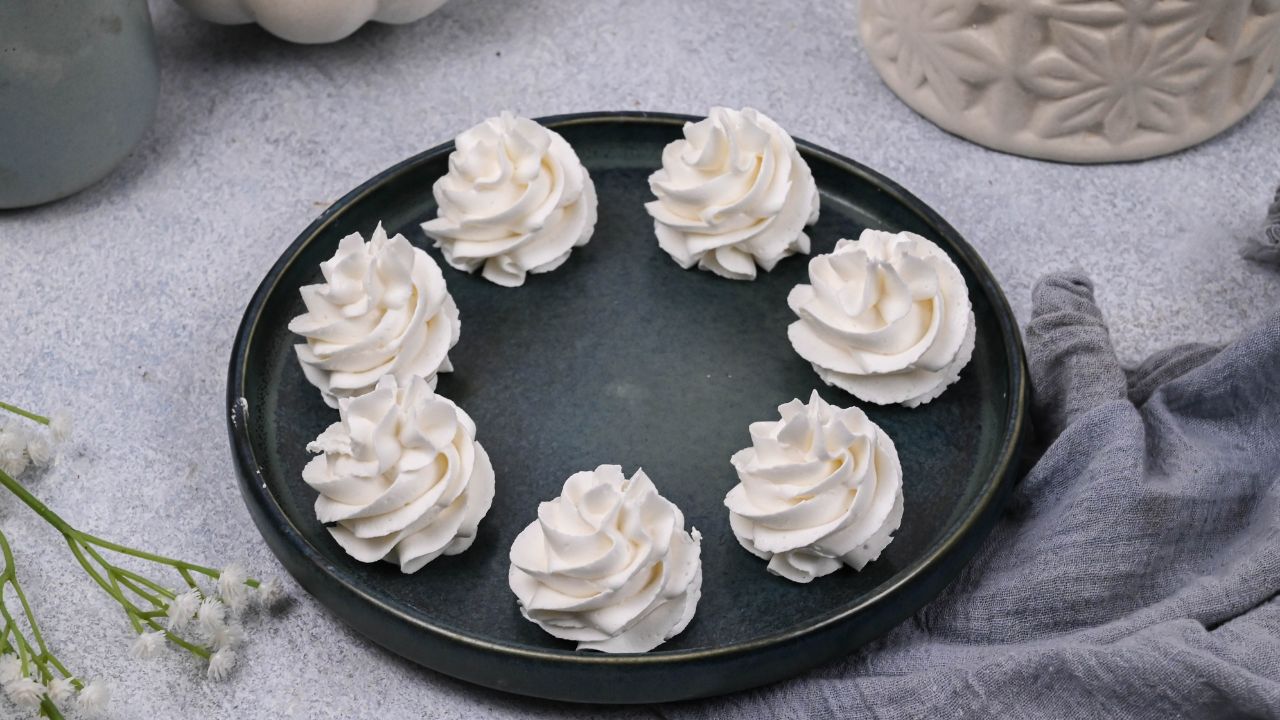Cake decorating is an art that requires a lot of practice, skill and precision. Whether you are a novice baker or a baker just starting, the key to creating a perfectly decorated cake is mastering various piping techniques. Picture this- you baked a cake, layered it nicely, and then comes the decorating part where you feel jittery and have cold feet. Will you be able to pipe a new design without overthinking? A lot of questions will come to your mind. So wouldn’t you like to practice piping before doing it directly on the cake? Wouldn’t it be great to have a buttercream that last way too long and used to practice piping more than a thousand times?

Have you heard of practice buttercream before? You probably would have if you had come here for the recipe. And if I talk about myself, I heard about practice buttercream through my chef when discussing new ways to teach people something useful. If you are a baker, I am sure you love to decorate cakes, but not everyone can decorate a cake artistically. And if there is a competition to decorate a cake clumsily, I would come first with 100% of the vote.
This buttercream is made with shortening and icing sugar, and let me tell you, it does not taste good. But since it is for functionality and not for taste, go and make buttercream for practice.
Why You Will Love This Recipe?
- Long Shelf Life: It has a very long shelf life. So, you keep practising piping until you hone your skill and are bored.
- Great Consistency: Easy, smooth pipeable consistency. The consistency is so smooth that you can literally pipe anything, from borders to writing names.
- Few ingredients: It needs only two ingredients to whip it up and is super easy to make.

Ingredients Used In The Recipe
- Vegetable shortening: shortening is solid fat typically made by hydrogenating or solidifying vegetable oil. If you do not have a shortening, you can substitute it with Dalda. Also, it is a lot cheaper than butter. And has a longer life, and does not melt easily.
- Icing/powdered sugar: icing sugar gives this buttercream its smooth texture.
How To Make Practice Buttercream?
For the full ingredient quantity and instructions, see the recipe box.
Beat Shortening: in a bowl, beat shortening until it’s fluffy in texture. Use an electric hand beater or stand mixer for the best result.
Add Icing Sugar: gradually add sifted icing sugar and mix with a spatula, or t may scatter everywhere.
Continue Beating: Use an electric hand beater to mix properly and beat it until both the ingredients are incorporated thoroughly. It should be fluffy in texture.
Practice Piping: practice decorating a cake using any type of nozzle you want to work with.

Chef’s Tip For The Recipe
Sift Icing Sugar
Sift the icing sugar before adding it to the shortening. As icing sugar typically has lumps, sifting it may prevent lumps in the buttercream and makes it smooth.
Use Stand Mixer
Use a stand mixer or electric hand beater to make the buttercream. It makes the process easier.
Add Sugar In Batches
Gradually add icing sugar to prevent lump and achieve a smooth texture.
If your buttercream becomes runny or too soft, keep it in the fridge for a few minutes, then re-whip it to the pipe.
Use a spatula to mix icing sugar first; otherwise, it may scatter everywhere.
More Easy Recipes
Since you have come here for the practice buttercream, I am sure you would like to try our other flavoured buttercream to frost your cake.
Chocolate cream cheese frosting
How To Store Practice Buttercream
Practice buttercream can be stored at room temperature in an air-tight container for up to 1 month. And if you want to make it last longer, it can be kept in the fridge for up to 6 months in an airtight container.
Frequently Asked Questions
Practice buttercream is a type of frosting that is used explicitly for practising cake decorating techniques. It allows both beginners and experienced bakers to refine their skills in decorating cakes without wasting time and money.
Although you can practice buttercream on actual cakes, I wouldn’t recommend it. As it does not contain any flavour, and people may not like shortening.
Practice buttercream is made with vegetable shortening, while regular buttercream is made with butter. Practice buttercream allows bakers to experiment with different piping techniques for an endless time as this buttercream has long shelf life even if you do not keep it in the fridge or freezer.
Yes, you can add colour to the buttercream using powdered or gel food colouring.
Practice buttercream can be frozen in an airtight container for more than six months. When you need to use it, thaw it in the refrigerator and re-whip it using an electric hand beater.
